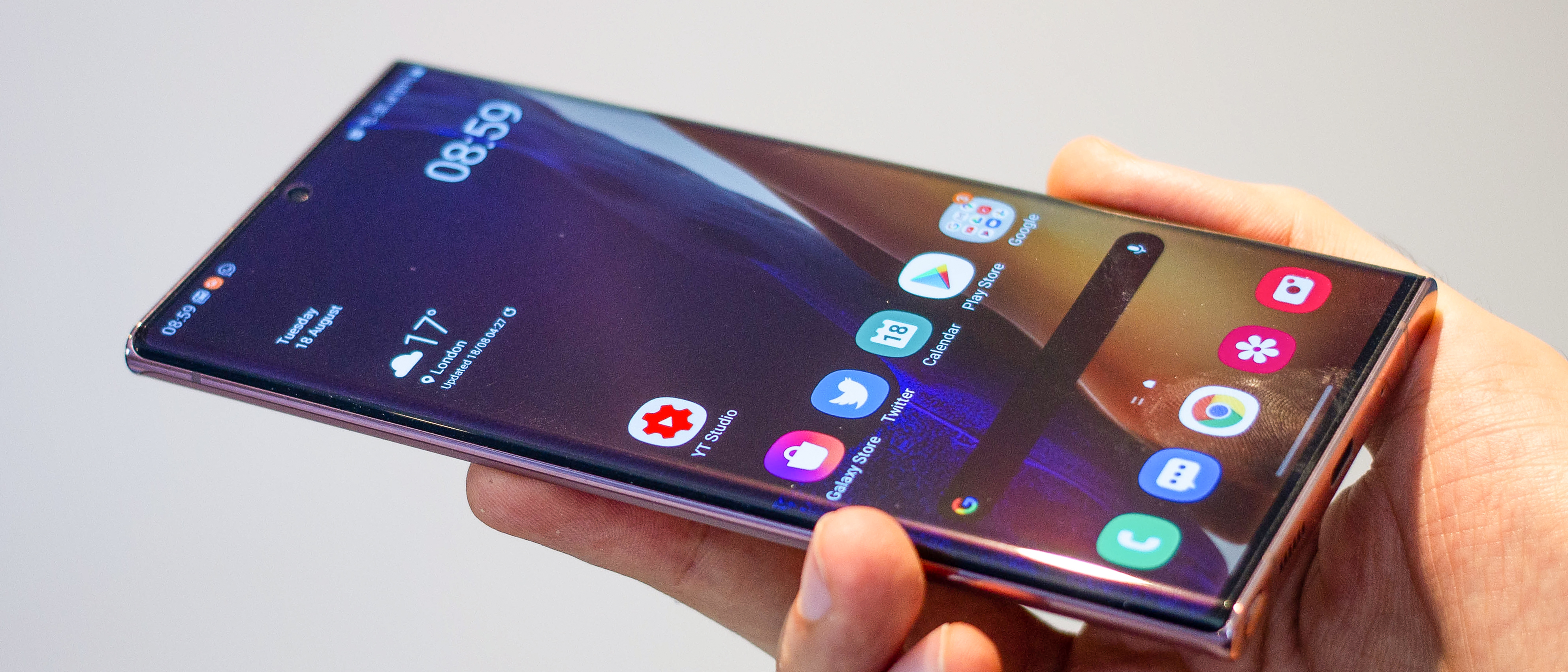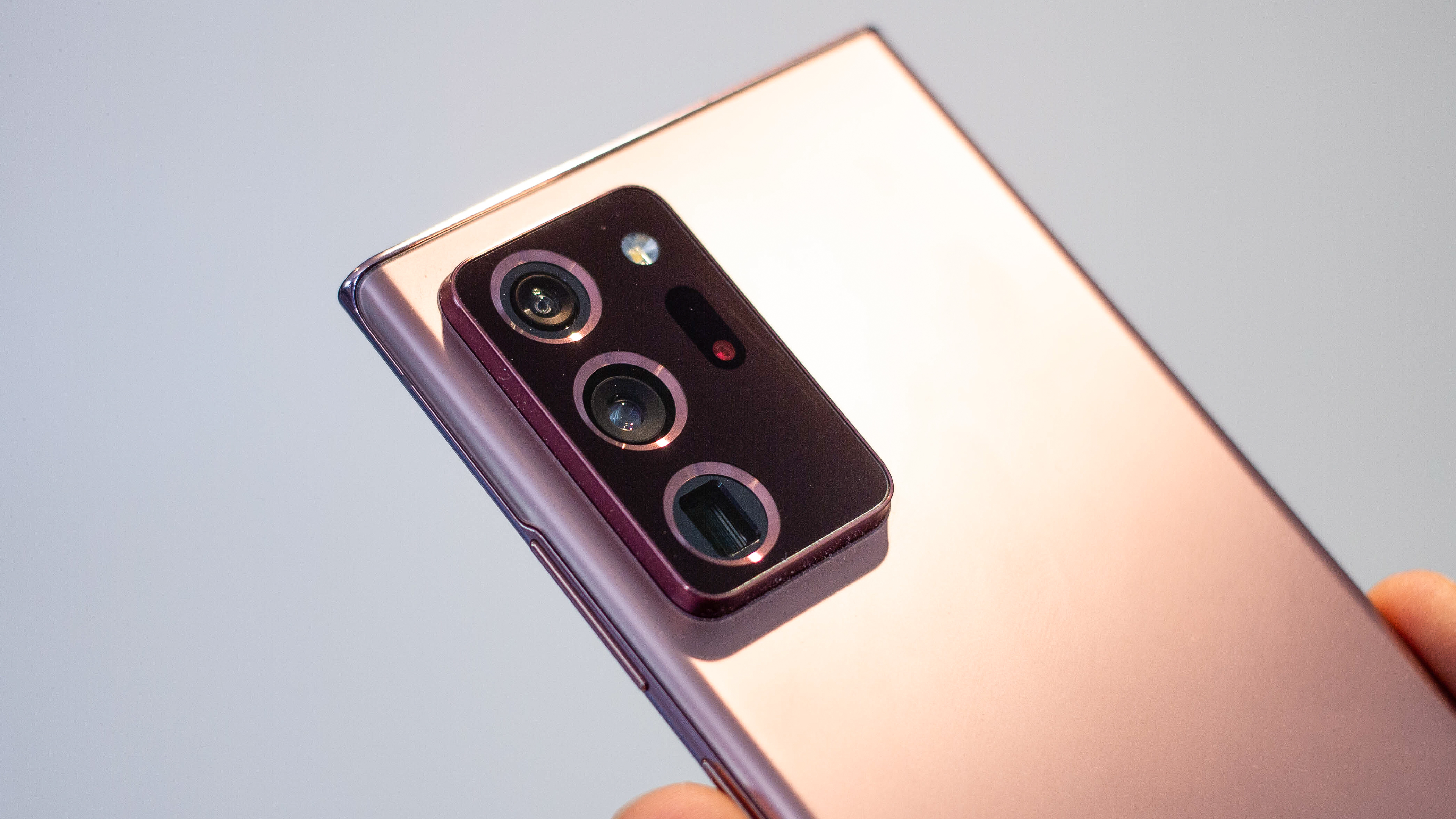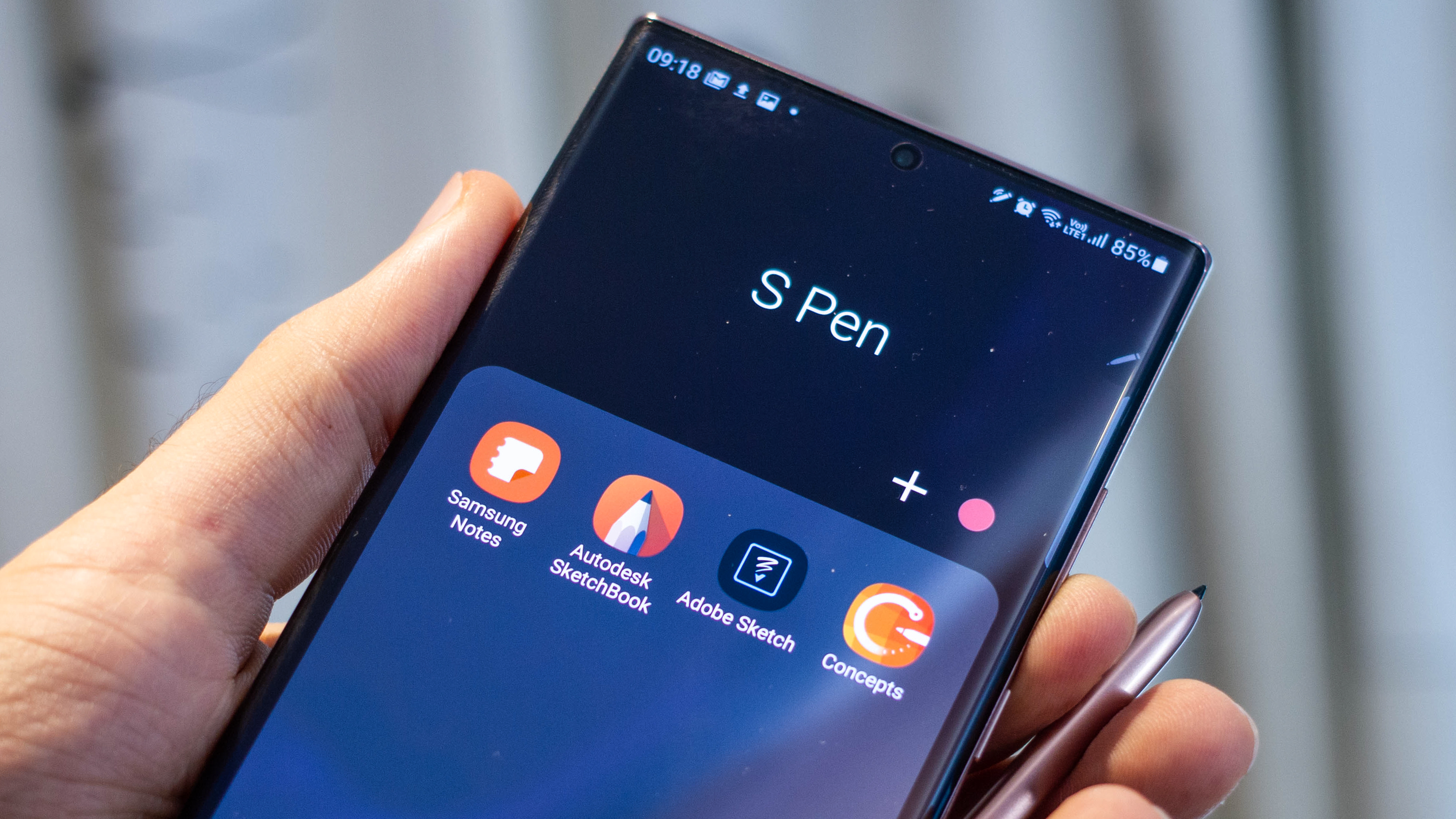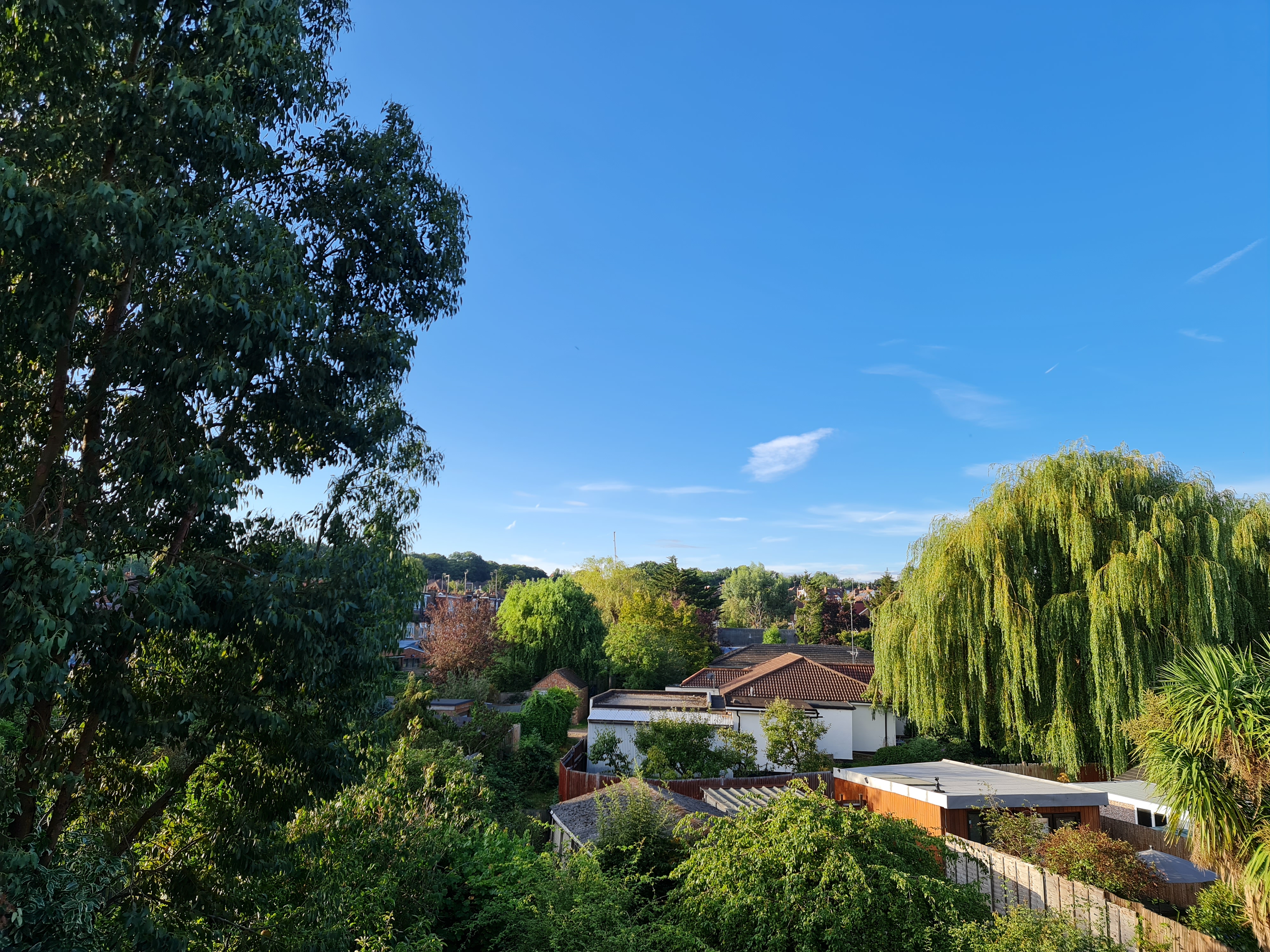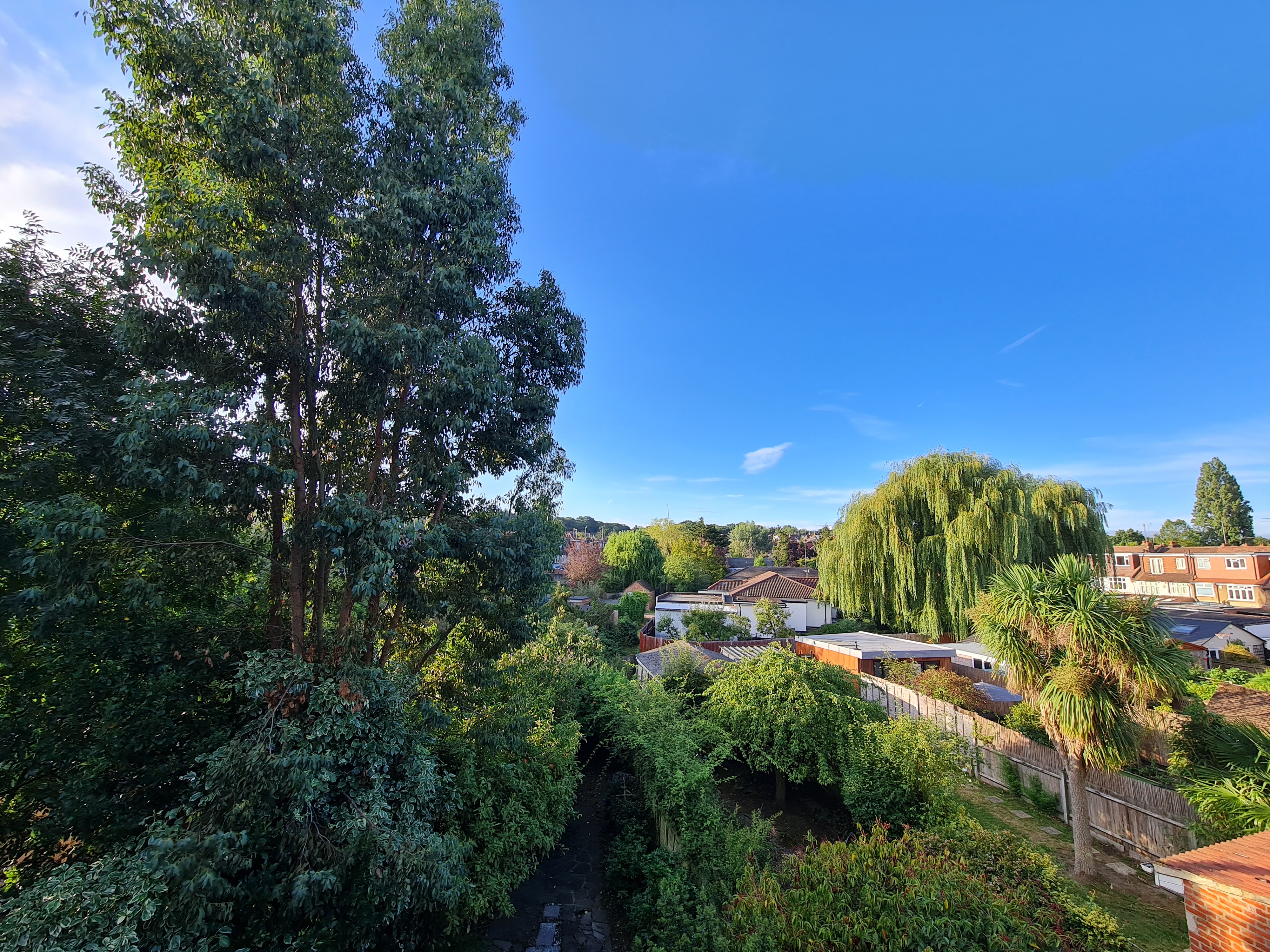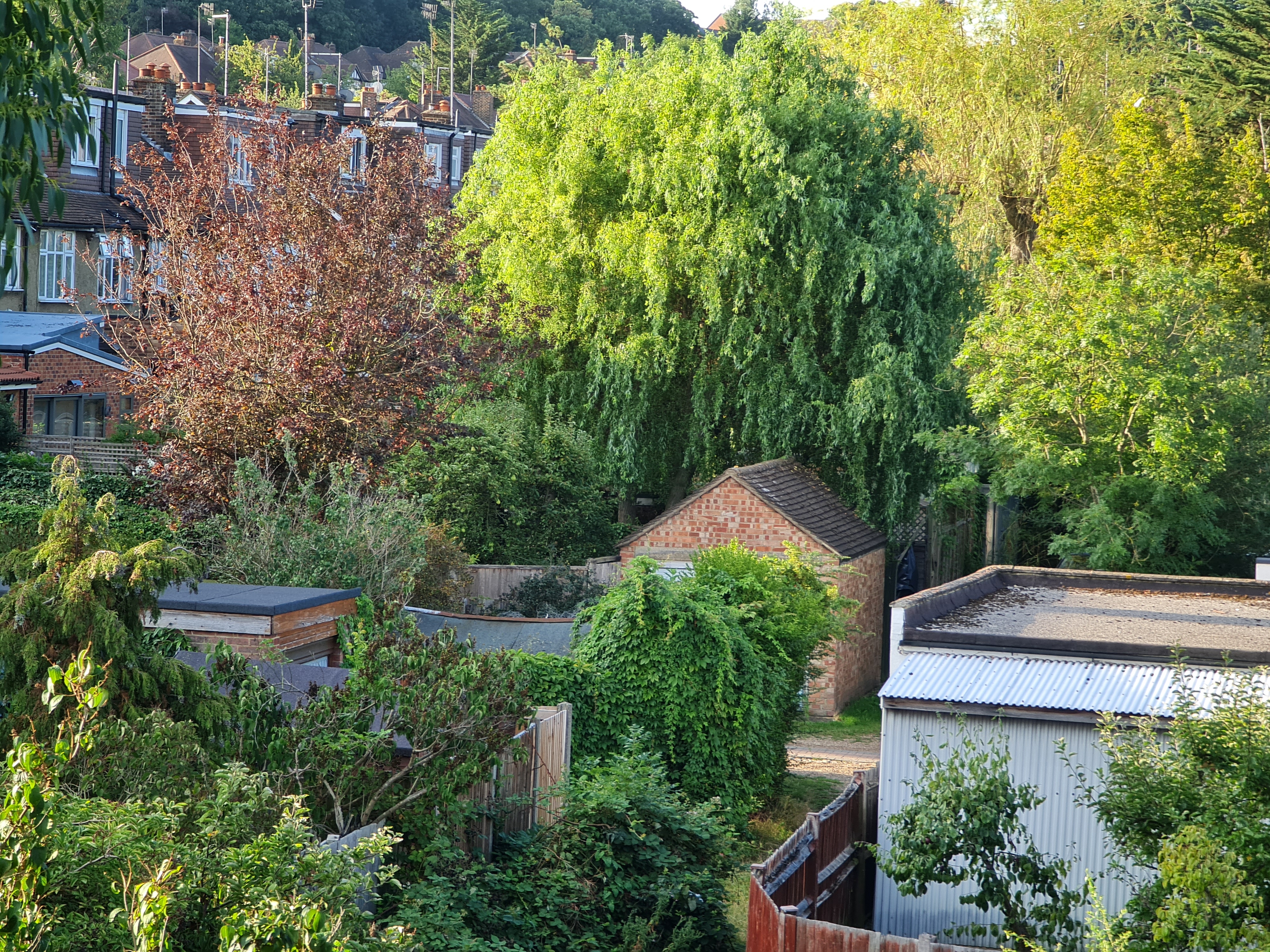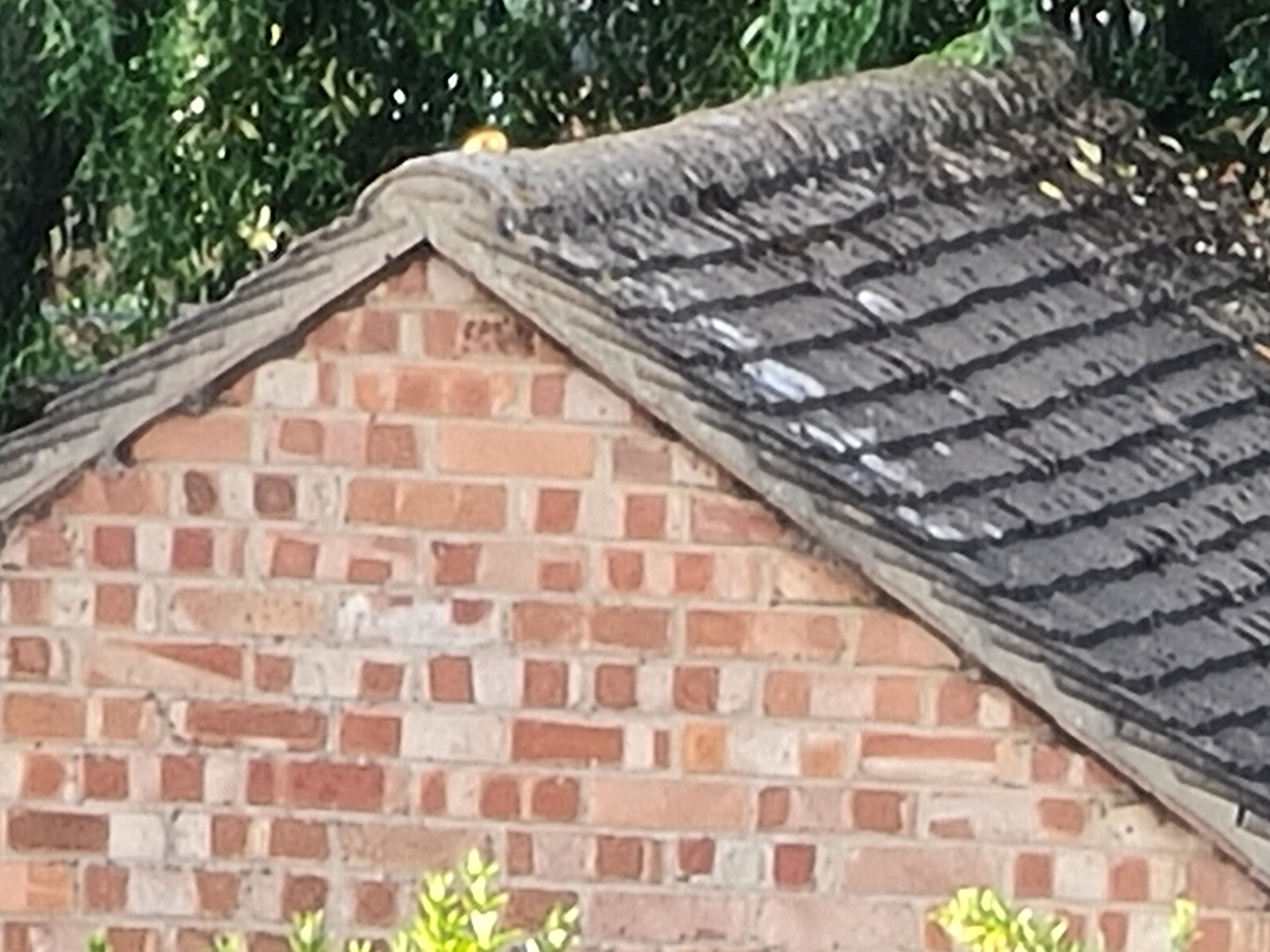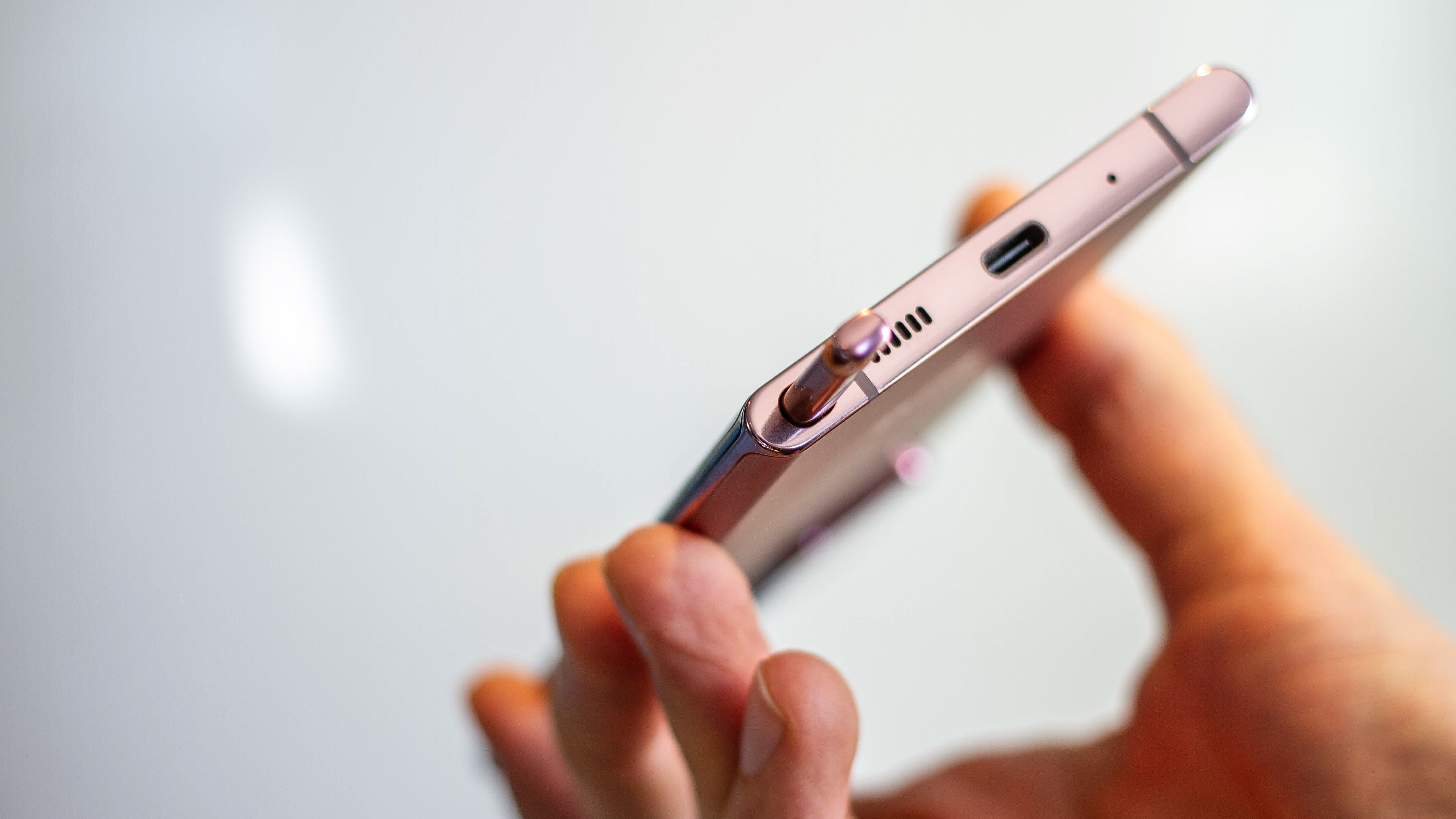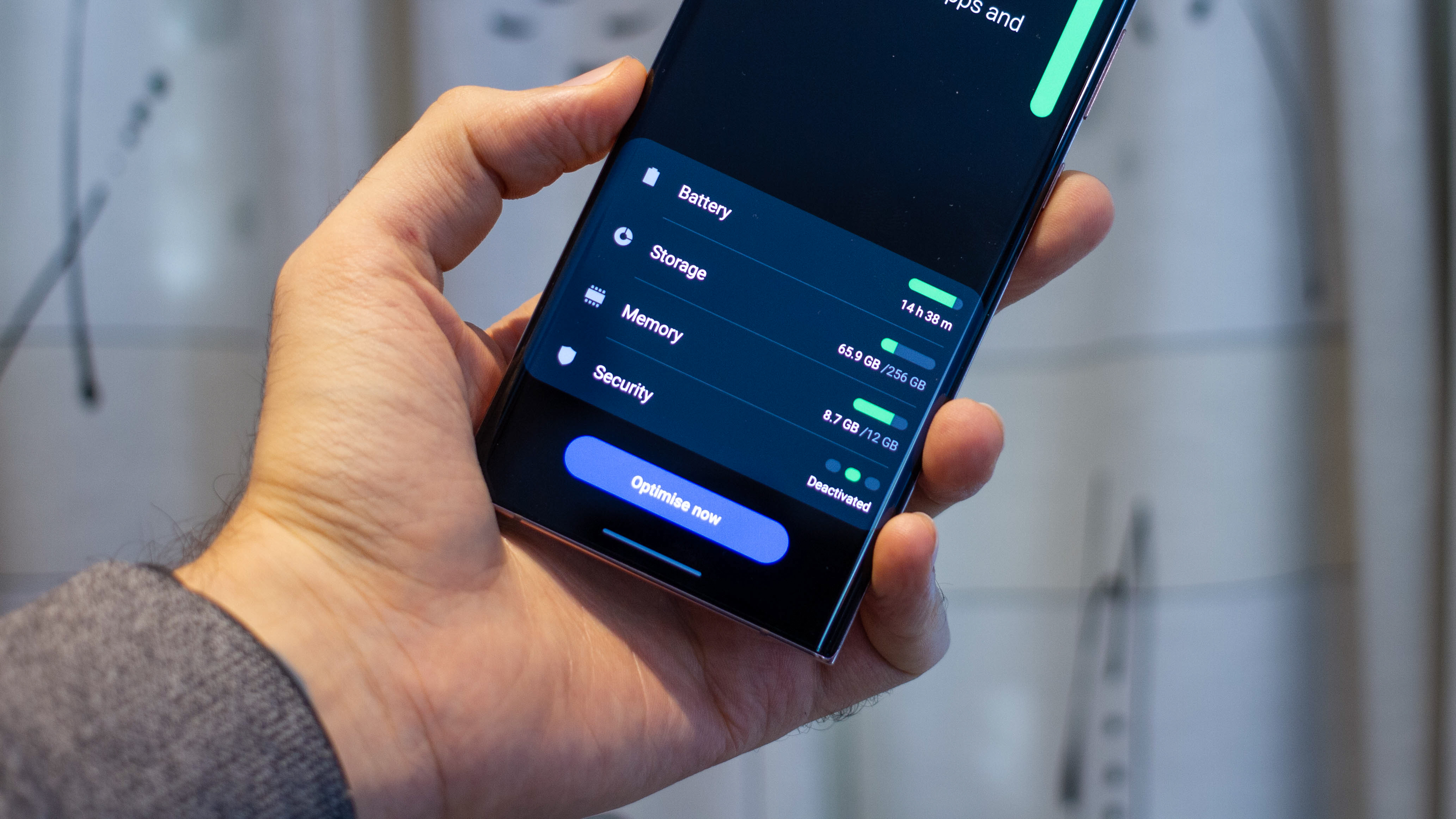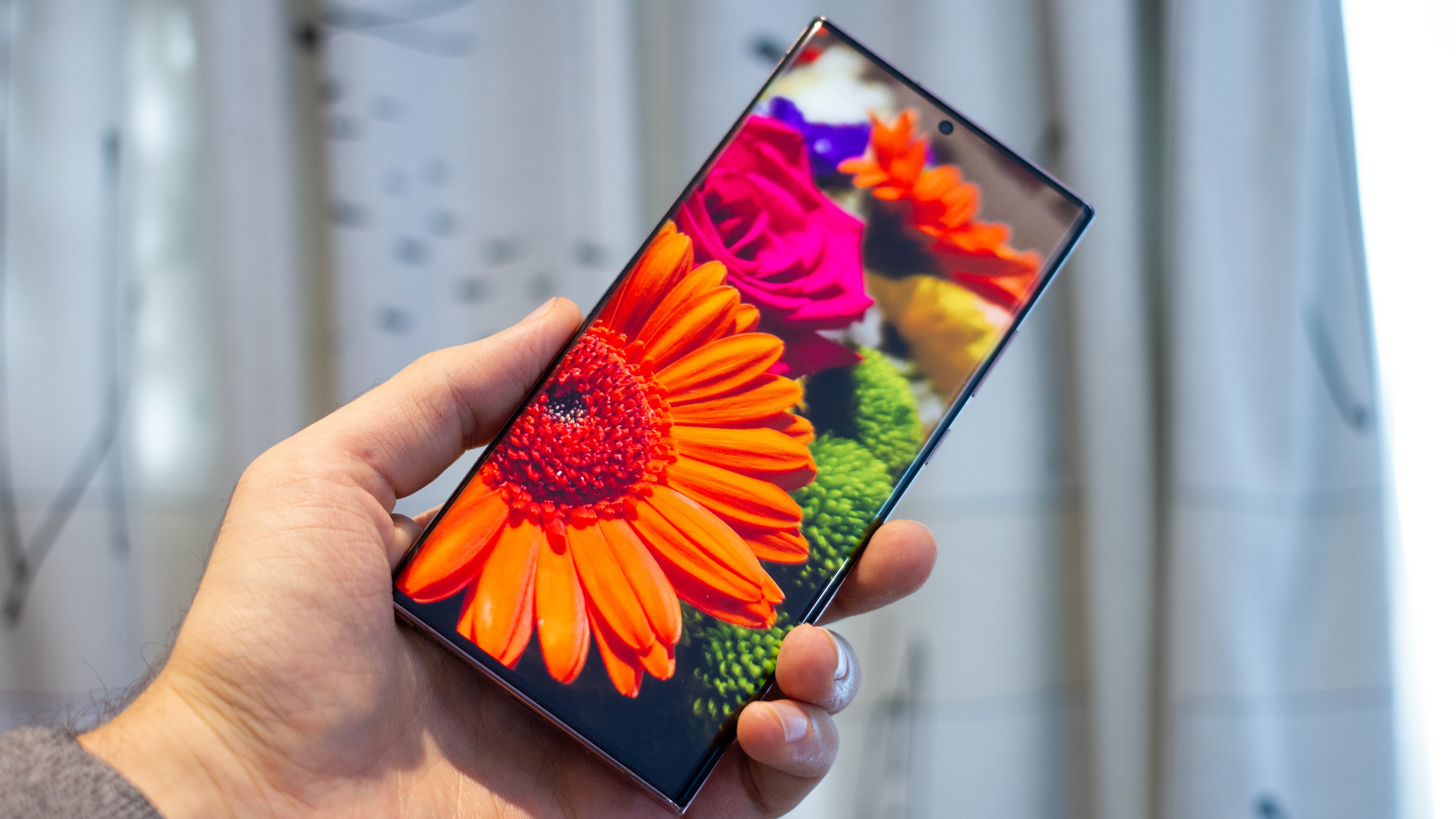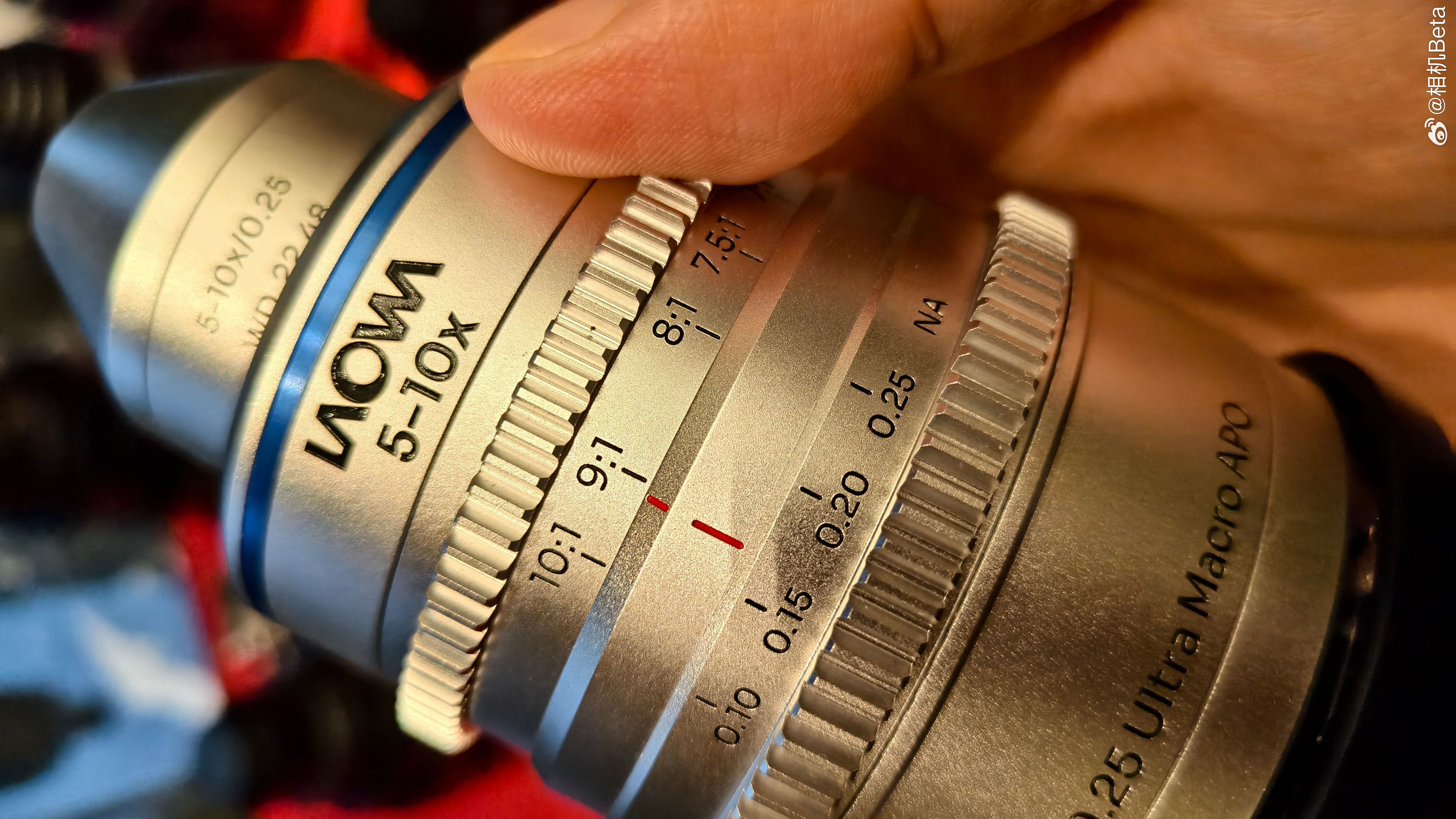Digital Camera World Verdict
The Samsung Galaxy Note 20 Ultra 5G sports excellent design, a stunning screen, impressive imaging capabilities and a best-in-class manual video camera - and its pen is excellent too. While we had mixed experiences with battery life, and the phone heated up a lot in our first few days using it, things did start to improve after a week or so. We reviewed the global version of the Note 20 Ultra, powered by an Exynos chipset. In the US, the phone is available with Snapdragon internals. In turn, we can’t speak to the US Note 20 Ultra’s battery and heat performance, but the global version falls just short of what we’d expect from a $1,299 / £1,179 phone. Very good, and an obvious choice for anyone who wants the best pen experience possible, but definitely not perfect.
Pros
- +
Excellent stills and video camera
- +
Premium design
- +
Stunning screen
- +
S Pen is class-leading
- +
Smooth performance
Cons
- -
Aggressive auto mode processing
- -
Inconsistent battery results
- -
Occasional heating issues
- -
Expensive
- -
Occasional accidental presses
Why you can trust Digital Camera World
The Samsung Galaxy Note 20 Ultra 5G is a bold phone to look at. While from the front, it packs the same screen size as last year’s Note 10 Plus, it’s considerably thicker, not least of all owing to its HUGE camera bump.
Last year’s Note was relatively flush around the back, with only a slight raise for the phone’s three 12MP camera modules, this year, the Note line has seen a complete overhaul, bringing it in line with the Galaxy S20 Ultra 5G, complete with a periscope zoom. At the helm, it’s Samsung’s own 108MP camera sensor, which we’ve seen on the Xiaomi Mi Note 10 and the aforementioned S20 Ultra. Samsung’s also loaded its latest pen-packing flagship with a new telephoto camera, featuring a 5x equivalent zoom - likely the reason behind that heft, and there’s an ultra-wide too, not to mention some advanced video features - more on that later.
• See also Best 5G phones in 2020
The biggest controversy with this year’s Note 20-series isn’t the camera though, it’s the chipset. US Notes are powered by a Qualcomm Snapdragon 865+, while global Notes get the Exynos 990 chip. This isn’t anything new, Samsung’s been doing this for years, but with the Exynos 990 delivering inferior heat management and battery life when compared to the Snapdragon 865 in the S20 Ultra, are global markets getting a raw deal, especially given the phone’s $1,299 / £1,179 asking price?
Design and screen
The Note 20 Ultra 5G is huge – even for a phablet. First, there’s that giant screen - 6.9-inches with a curve either side, then there’s that camera bump, and finally, its weight at 208g. While it still manages to weigh less than the iPhone 11 Pro Max, it’s a taller device.
Irrespective of its size, it’s still a beauty. Available in three colors, Mystic Bronze, Mystic White, and Mystic Black, our bronze Note is eye-catching and packs a fingerprint repellent matte finish, curved Gorilla Glass 7 on the front and back, and a stainless steel frame with a flat top and bottom.
The S Pen is spring-loaded, and has switched sides when compared to previous Notes, now located on the left of the phone’s base, alongside a loud speaker and a USB-C port. All the Note 20 Ultra’s buttons are on the right, and the SIM tray is at the top.
The best camera deals, reviews, product advice, and unmissable photography news, direct to your inbox!
Handling the phone is fine provided you don’t mind its size. It feels rich to the touch, and while one-handed use can be awkward, two-handed use, navigating the UI with the S Pen feels very natural. One issue we did face was edge detection though. The curved screen registers touches from a palm that’s in contact with the edge of the display too often for our liking. With any luck, Samsung will introduce a fix in a software update as OnePlus did with the OnePlus 8 Pro, which suffered from similar issues at launch.
As for the Note 20 Ultra’s screen, it’s a Dynamic AMOLED panel with a wide QHD resolution of 1440 x 3088 pixels, making it sharper than any iPhone around. Thanks to the 120Hz refresh rate, it’s also smooth, and with HDR10+ support, credentials are on-point. There are limitations though. If you want to take advantage of that high-refresh rate, you’ll have to settle for downsampled resolution of 1080p. The OnePlus 8 Pro and Oppo Find X2 Pro can keep up both resolution and refresh rates. Deal breaker? No - the screen still looks stunning, perfect for watching content on, but it isn’t quite best-in-class across the board.
Three cameras and a new laser AF sensor
Wide
With its 108MP primary camera, the Note 20 Ultra matches the S20 Ultra’s main shooter. It combines big pixels with an f/1.8 aperture, an optically image stabilized lens, a new laser AF system and a 1/1.33” sensor size. With a 26mm equivalent focal length, aside from the new laser AF, we’ve seen this exact set-up before, and know to have high expectations.
Ultrawide
Also identical to the S20 Ultra is the ultrawide camera on the Note. Its 12MP resolution is matched with a 120-degree, 13mm equivalent focal length, and the sensor is 1/2.55” in size. Samsung always delivers the widest ultrawides, especially compared to devices from Huawei, and its P40 Pro Plus’s 18mm ultra-wide.
Telephoto
Samsung is trying something different with the Note 20 Ultra. While the S20 Ultra packed a 4x zoom equivalent telephoto camera with big pixels (103mm + 48MP), the Note 20 Ultra ups the optical zoom to 5x, and drops the pixels (120mm + 12MP). Does the switch pay off? Yes it does. As we’ll come onto later, the Note 20 Ultra outperforms the S20 Ultra at 50x zoom.
Selfie camera
With a 10MP selfie camera, the Note 20 Ultra packs a tried and tested front snapper. It’s the same as the one in the S20 and S20 Plus, though don’t write it off as a has-been. Capable of 4K video, it instantly outperforms many on the scene, and the f/2.2 lens, combined with 1.22µm is a respectable mix on-paper.
Camera performance
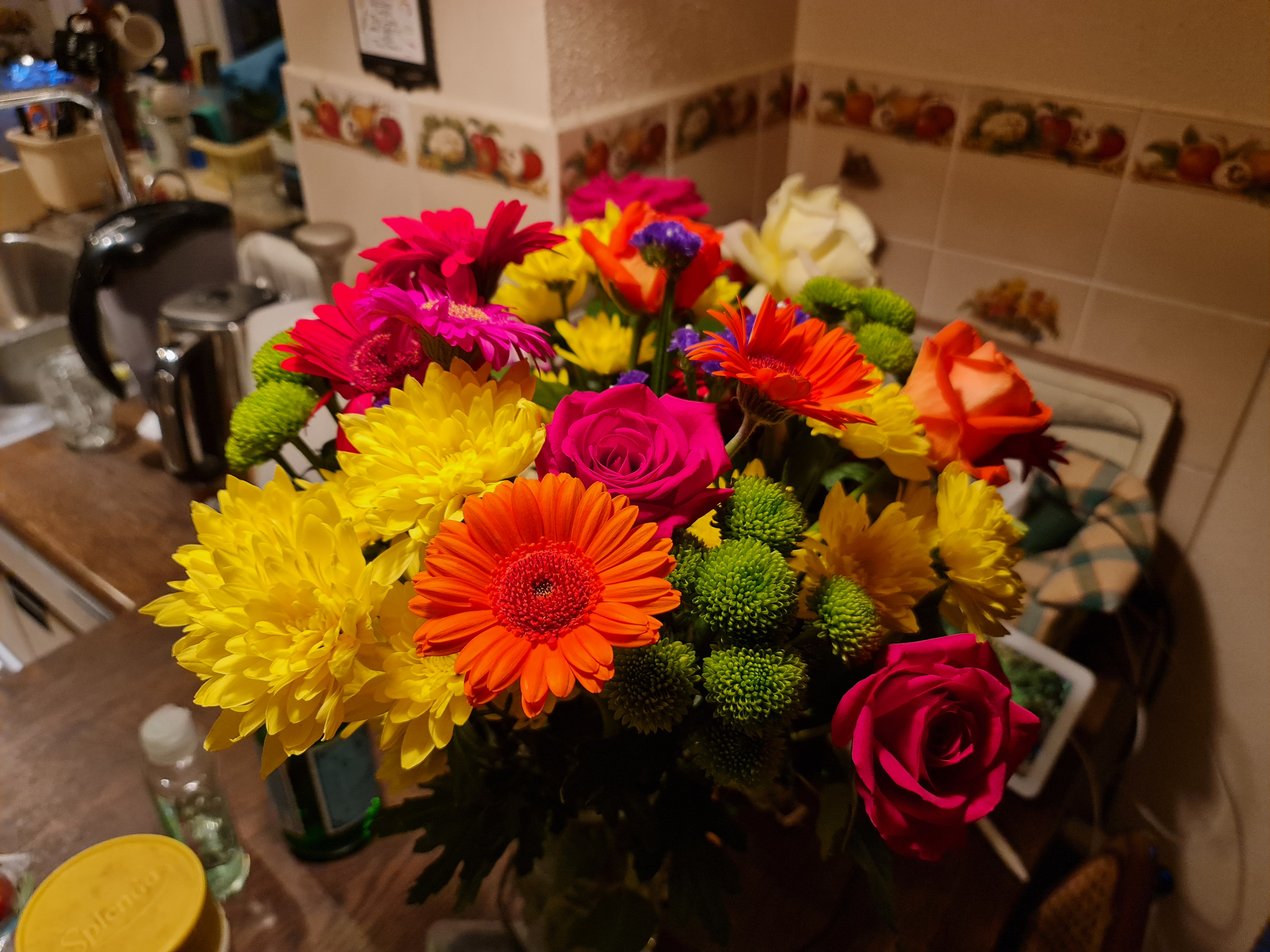
We’ve said it before, we’ll say it again, Samsung processing gives pictures pop, so they’ll please casual photographers nine times out of ten, though might leave amateur enthusiasts or pros longing for pared back contrast and saturation in automatic mode. That being said - ultimately, Samsung has defined a style, and it’s sticking with it, and pictures taken on the Note 20 Ultra do look good.
Loaded with detail, while also clearly sharpened up with contrast boosted, we could comfortably take a shot on the Note 20 Ultra and upload it straight to Instagram - it even makes a backlit bottle-cap look shareable. It doesn’t give you much wiggle room to edit though unless you fire up pro mode and dial back processing or shoot RAW.
With its 108MP main sensor, detail is excellent on the Note 20 Ultra, and you can ramp up the resolution to take advantage of all those pixels when the light is right. By default, however, photos are captured at 12MP, with nine pixels of information used to create one dot in the Note 20 Pro’s final image.
Thanks to the large sensor (for a camera phone), you can achieve high-impact, shallow depth with the Note 20 Ultra, and even the 5x optical zoom can pull up shots with pleasing background blur, with a closest focal length of around 80cm.
The new focus-system is also welcome, while it struggles with very close-up objects for photos, for videos, it’s incredibly good, packing continuous AF that could be the best out there.
The Note 20 Ultra is also consistent in the way it handles scenes across its three cameras. Dynamic range is good, with shots seldom looking artificially HDR-boosted. We might not always love the punch the phone’s packs into its pictures, but whether you use the ultrawide or the telephoto camera, you likely have a good sense of the shot you’ll be getting as far as the photo finish, dynamic range and detail go.
Samsung’s decision to swap out the zoom module from that of the S20 Ultra was a smart one. While the Note can’t compete with the P40 Pro Plus, it does beat the S20 Ultra and Oppo Find X2 Pro when it comes to telephoto detail. The periscope camera also performs better in challenging lighting conditions on the Note than the S20 too, ultimately making it our preferred choice.
Low light performance across all three cameras on the Note 20 Ultra benefits from Night Mode, and it can make a huge difference, picking up detail from the ultrawide to the telephoto focal length you might have missed in auto mode. While the auto mode falls behind that of the P40 Pro Plus in dark scenes, therefore, if you don’t mind switching to night mode, the Note 20 Ultra is anything but a lowlight slouch. Additionally, you can fire up pro mode to extend the shutter manually to up to 30 seconds if you’re shooting on a tripod or steadied surface, and the ISO can be ramped up to 3200.
With 8K video, the Note 20 Ultra captures future-proofed footage that’s perfect to crop into for any editors out there. In fact, thanks to the improved pro video mode, whether you’re shooting 8K or FHD, the Note 20 Ultra is our new video shooting smartphone of choice. With everything from focus-peaking to audio source selection, not to mention granular control over saturation and contrast, when you factor in the incredible continuous AF, out of the box smartphone videography doesn’t get any better than this.
Additional specs
With our global version of the Note 20 Ultra (Exynos 990), we experienced serious heat in our first three days with the device. It didn’t help the UK was going through a heatwave, but with the phone reaching highs of 44°C when charging and using simultaneously, we were very concerned. Thankfully, in the second half of our week with it, the phone cooled down, going from hot to warm when in use. The only thing that still gets its temperature up a week in is video calling - which isn’t uncommon for phones.
The Note 20 Ultra’s 4500mAh battery also got off to a very poor start, some days, struggling to see us through from 8am to 6pm. On days when you plan on using your Note a lot, remember to pack a power bank or have a wireless charger at your desk for 2pm top-ups. With light use, however, you should be fine for a full-day.
Also underwhelming is the fact the Note 20 Ultra charges slowly compared to the latest from Huawei and Oppo, with its 25W charging powering the phone up in over an hour. That’s by contrast to the Find X2 Pro that goes from 0-100 percent in 38 minutes. The upshot is that the Note supports fast wireless charging, and reverse wireless charging at 9W.
With a responsive in-display fingerprint scanner, Samsung DeX support - and a new wireless mode for Miracast devices, not to mention 256GB or 512GB storage and 12GB RAM, there’s a huge amount going for the Note 20 Ultra even if it isn’t perfect; and we haven’t even covered that S Pen.
With 4,096 levels of pressure sensitivity, perfect for anyone who takes notes or sketches, the S Pen now features a low 9ms latency for virtually instantaneous interaction. Loaded up with a mini battery and bluetooth connectivity, it can also be used as a shutter release for the camera, and switch between the front and rear cameras too. When it comes to photography, the other highlight of the S Pen is using it with Lightroom Mobile. Making adjustments on photos is never better than on a note when it comes to precision edits.
Samsung Galaxy Note 20 Ultra 5G: Verdict
Even with its at times, limiting battery life, the Note 20 Ultra is still a fantastic phone in many ways. It combines a very good, customizable camera system with great design and a stunning screen. There are a few kinks to iron out - edge detection issues, refresh rate versus resolution limitations and potential heat concerns in the global version, and when you’re paying $1,299 / £1,179 for a phone, they’re much harder to stomach. That said, if you want the best pen implementation on a mobile device, or looking for the best phablet, this is most definitely it.
Read more
• The best camera phones you can buy today
• The best budget camera phone
• The best burner phones
• The best phablet
• Which is the best iPhone for photography?
• Mobile photography tips
Basil Kronfli is a freelance technology journalist, consultant, and content creator. He trained in graphic design and started his career at Canon Europe before moving into journalism. Basil is also experienced in video production, independently running the YouTube channel TechEdit, and during his time at Future, he worked alongside the Digital Camera World team as a senior video producer.
